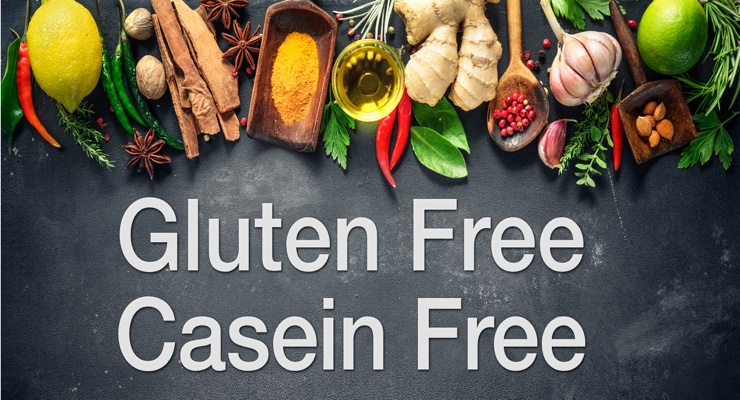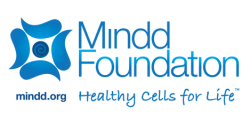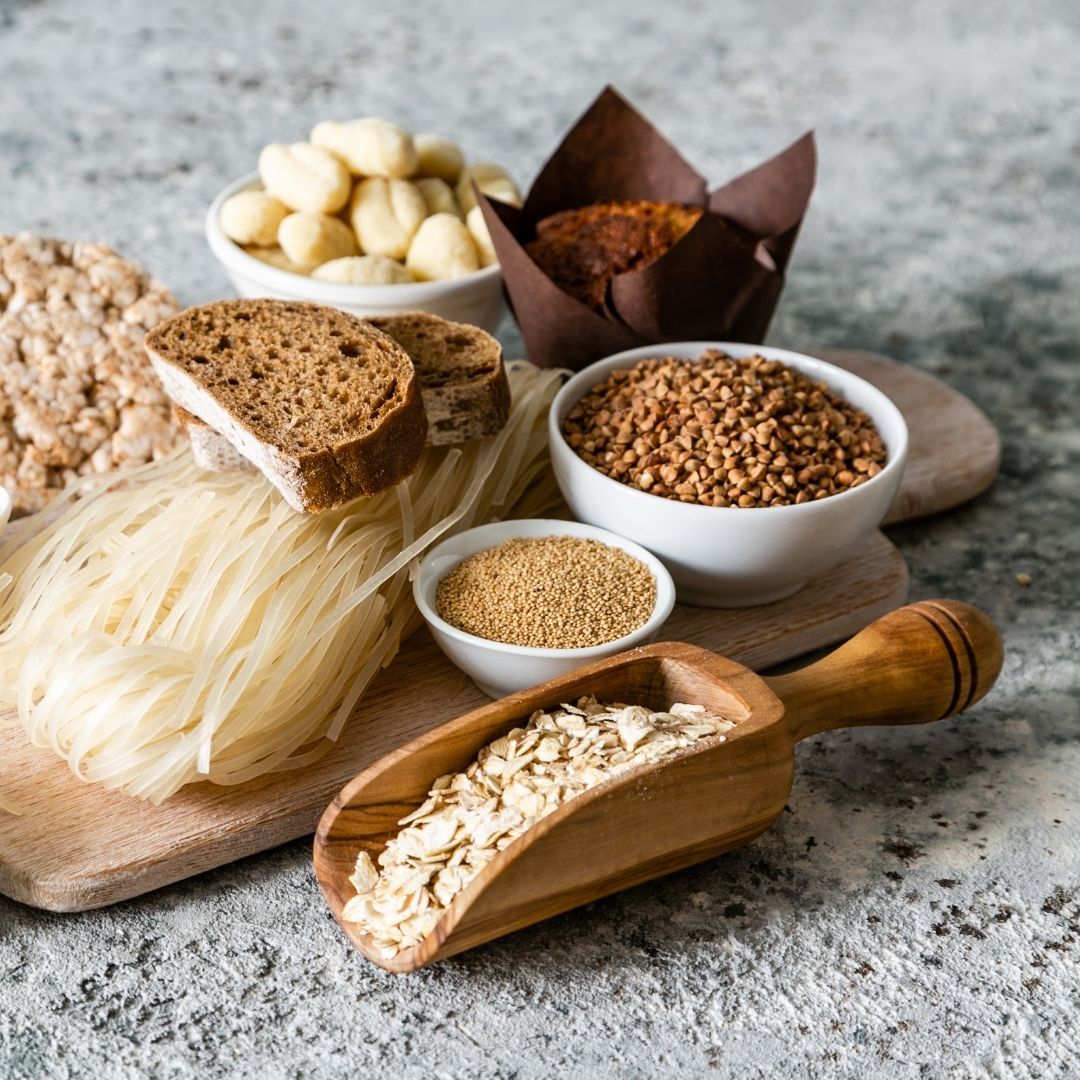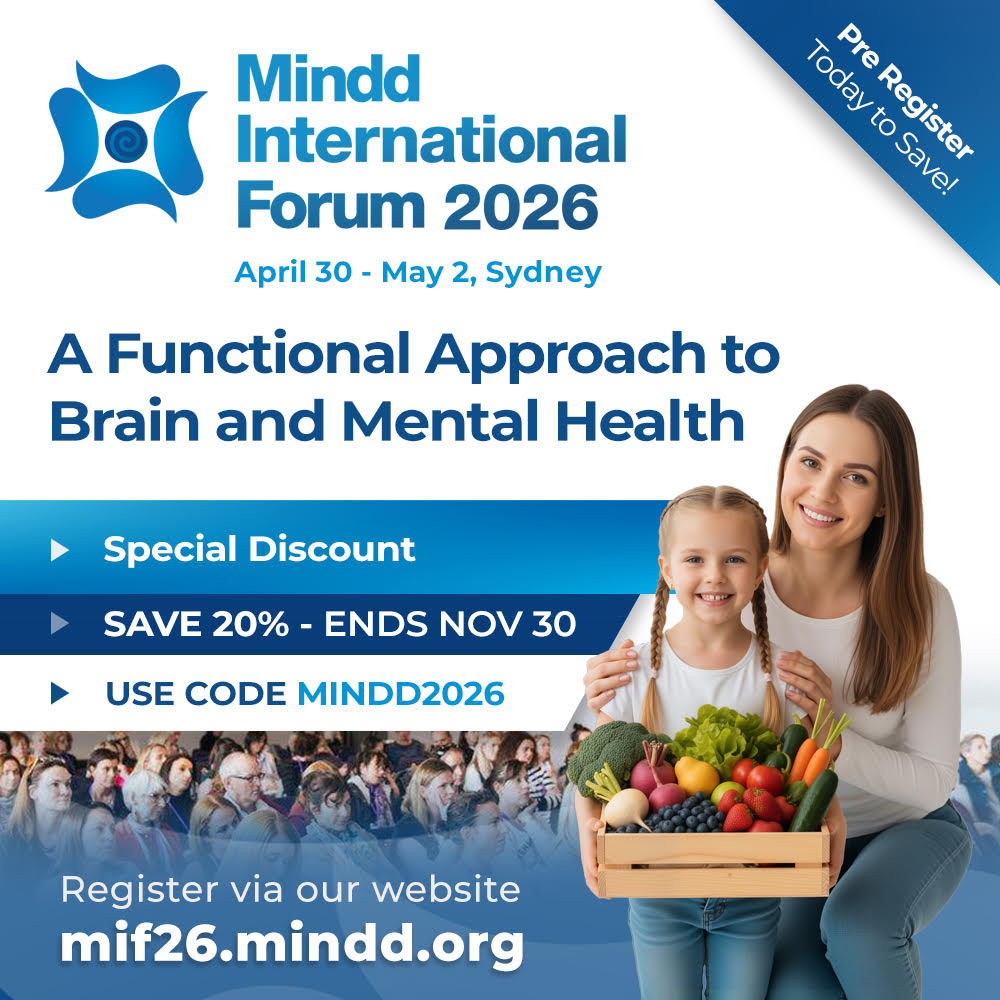Mindd Diet Protocols
Processed foods, pesticides, medications, and toxins damage the gut microbiome which in turn drives a range of digestive, autoimmune and neurological illness. Various “Healing diets” work to heal the gut and calm the immune system and vary depending on the gut, genetics and environment.
The growing “special diet” section online and in your local bookshop is reassurance that you are a part of a large and growing group of people whose digestive tracts are demanding that we reconsider our modern diet, medications, environmental toxins and stress levels. By offering a comprehensive overview of some important healing diets and a great selection of cookbooks, we endeavor to give families an idea of how fun and easy “special diets” can be.
There are many dietary protocols and principles that help children with ADHD, asthma, allergies, and autism also help individuals suffering from Coeliac, Colitis, Crohn’s, Irritable Bowel Syndrome, anxiety and depression.
Individuals dealing with metabolic and digestive disorders require special diets to avoid foods that trigger allergies or harm the digestive tract. There are a number of “elimination” diets that can help in this way. While elimination is sometimes necessary, in many instances certain foods can be reintroduced once the gastrointestinal tract has had time to heal.
In general, we recommend an organic, fresh, whole food diet with no/minimal refined flours and sugars and no processed foods, artificial additives, colorings or preservatives. And plenty of filtered water containing minerals is essential.
Following here is a valuable dietary protocol, the Gluten-Free Casein-Free (GFCF) diet. The implementation of a GFCF diet involves removing all sources of gluten and casein from a person’s diet. This is a common approach to take whilst treating children with autism.
Gluten-Free Casein-Free Diet
 Adopting a Gluten-Free Casein-Free (GFCF) diet is a common approach to take whilst treating children with autism.
Adopting a Gluten-Free Casein-Free (GFCF) diet is a common approach to take whilst treating children with autism.
Leading researchers are seeing nearly 100% correlation between gluten and casein sensitivity in an individual, most likely because the protein molecules in wheat (gluten) and dairy (casein) have a similar molecular structure.
There is also emerging research that damage to the gut microbiome may play a role in an inability to break these proteins down.
The Theory Behind the Gluten-Free Casein-Free Diet
The theory behind using a gluten-free casein-free diet for autism is that if a person is experiencing gastrointestinal reactions to gluten and/or casein, it will cause inflammation and damage to the intestinal tract. The inflammation, in turn, may cause nutrient absorption issues, as well as intestinal hyperpermeability or ‘leaky gut’.
Leaky gut can result in large molecules being absorbed into the bloodstream, which are not normally able to pass through. Increased absorption of gluten, casein and their metabolites into the bloodstream and potentially across a ‘leaky’ blood-brain-barrier, in combination with a pre-existing metabolic defect, may worsen autistic symptoms. These molecules may interact with a child’s brain and pose negative effects on their mood, and general wellbeing, further provoking anxiety, sensory issues, mental difficulties and worsening behavioral symptoms.
Additionally, abnormal metabolism of gluten and casein may also result in excess opioid activity in the central nervous system, altering its function and causing negative effects on mood and behavior.
Casein is also rich in glutamate, an excitatory neurotransmitter which can also increase anxiety.
Eating a gluten-free diet
The gluten-free diet was developed for people with coeliac disease, an autoimmune condition where the immune system reacts to gluten, a protein found in certain grains (wheat, oats, barley, rye). This immune reaction causes damage to the inner wall of the small intestine, in turn, flattening intestinal villi, which are responsible for nutrient absorption. Flattening of the intestinal villi may lead to multiple nutritional deficiencies, as the surface area of the gut becomes greatly reduced. Malabsorption issues usually accompany this.
A diet that is free from gluten strictly omits all gluten-containing grains and their derivatives. It aims to aid with intestinal healing, allowing the villi to grow back, and for nutrient absorption to be optimized.
What is gluten?
Gluten is a rubbery protein present in wheat, rye, barley, and oats as well as other ingredients which are derived from these grains. It is in obvious foods such as breads, pizza, pastas, porridge, cakes, pastries, noodles, and cereals. However, it is also present in some commercial products such as sauces, non-dairy creamers, malt drinks, some chocolates, beer, gravy, mayonnaise, stocks, and it may even be found in some processed meats.
How do I know if something is gluten-free?
In supermarkets, health food stores and grocers, you can identify whether or not a food contains gluten if it fits into one of these 3 categories:
1. Naturally gluten-free foods
These include:
- All fresh fruit and vegetables
- Nuts and seeds
- Unprocessed meat, poultry, and seafood
- Eggs
- Legumes
- Oils
- Herbs (oregano, thyme, basil, dill, sage, coriander etc…)
- Spices (chilli, cloves, star anise, cardamom, coriander, cinnamon, ginger, saffron, turmeric etc…)
- Alternatives to gluten-containing grains: Rice, buckwheat, millet, quinoa, amaranth, tapioca, sago, sorghum, arrowroot.
2. Foods which are labelled “gluten-free”
These may include gluten-free:
- Cereals
- Bread
- Sauces
- Noodles
- Pasta
- Beverages (including alcoholic beverages like beer)
3. Gluten-free products by ingredients
If a product is not labelled gluten free, it does not necessarily mean that it contains gluten. A lot of products in supermarkets or health food stores do not have a gluten-free label placed on them, and it may be worth reading the list of ingredients to check if it does or does not contain gluten.
In Australia, under the Food Standards Code, any ingredient derived from wheat, oats, rye, or barley must be declared. Ingredients, where the source grain is not identified, will be from a grain which does not contain gluten and therefore, it can be assumed that the food is gluten-free. Essentially if you do not see wheat, rye, oats, or barley on a food label, none of the ingredients in that product are derived from a gluten-containing grain.
Eating a casein-free diet
Casein is a protein, found in the milk of mammals. This differs to lactose, the sugar component of milk. Eliminating casein from the diet requires omitting all dairy products. However, each case must be assessed individually in order to determine whether the benefits of breastfeeding outweigh the effects of casein on the child.
Foods to eliminate include:
- Milk
- Cream
- Butter
- Yoghurt
- Cheese
- Ice cream
- Custard
Some ingredients containing casein include:
- Magnesium caseinate
- Brown sugar flavoring
- Caramel flavoring
- Chocolate flavoring
- Non-dairy substitutes containing caseinates
- Artificial butter flavor
What can be eaten on the Gluten-Free Casein-Free diet?
Eggs | Meat, Fish Poultry | Grains | |
| Allowed | All, raw or cooked. | Fresh meat
Fish Seafood Poultry | Rice (white, brown, red, wild, sticky)
Buckwheat Millet Quinoa Sorghum Amaranth Teff Gluten-free noodles Gluten free pasta Sweet potato
|
| Avoid | Eggs in gluten or dairy-based sauces. Eg: Wheat-based white sauce | Pre-prepared meats
Cured Meats Luncheon meats and sausages containing | Wheat
Barley Oats Spelt Kamut Rye Cous Cous Semolina Pasta and gnocchi |
Vegetables | Fruit | |
| Allowed | All vegetables
Fresh, canned, frozen, dried peas, beans and lentils | All fresh canned, frozen and stewed fruit. |
| Avoid | Creamed vegetables in gluten-containing sauce (eg: grain thickeners)
Vegetables in cream sauce Some baked beans Some commercially prepared vegetables and salads | Thickened fruit sauces
Pie fillings Dried fruit dusted with flour |
One day on the Gluten-Free Casein-Free diet
Breakfast | Lunch | Dinner | Snacks |
| Eggs
Greens Gluten free bread Avocado | Meat
Salad Quinoa/Brown rice | Grilled fish
Sautéed vegetables Coconut yoghurt
| Fruit
Nuts and seeds Hummus dip Rice or corn crackers
|
References:
NOTE: Few studies can be regarded as providing extensive and sound scientific evidence for a GFCF diet. More thorough research is needed. However, based on the feedback from qualified paediatricians and other practitioners who are experienced in dietary guidance this article is presented as a resource for consideration. You should consult your clinician before considering this diet.
Research – note these references do not necessarily advocate a GFCF diet – but are provided for further reading and a broader context…
A review of gluten- and casein-free diets for the treatment of autism: 2005–2015: https://www.dovepress.com/a-review-of-gluten–and-casein-free-diets-for-treatment-of-autism-2005-peer-reviewed-fulltext-article-NDS
Note this report’s conclusion: While strong empirical support for the GFCF diet in ASD is currently lacking, studies point to the need for identifying subsets of individuals (eg, those with documented gastrointestinal abnormalities) who may be the best responders to the GFCF diet. Identifying these subsets is critically needed to enhance rigor in this research area. Until rigorous research supporting the use of GFCF diet is reported, clinicians should continue to use caution and consider several factors when advising regarding the implementation of the GFCF diet for individuals with ASD.
Mari-Bauset S, Zazpe I, Mari-Sanchis A, Llopis-G A, Morales-Suarez-Varela M, 2014, ‘Evidence of the Gluten-Free and Casein-Free Diet in Autism Spectrum Disorders: A Systematic Review’, Journal of Child Neurology, 29(12), 1718-1727
Piwowarczyk A, Horvath A, Lukasik J, Pisula E, Szajewska H, 2017, ‘Gluten and casein free diet and autism spectrum disorders in children: a systematic review’, European Journal of Nutrition, 1-8.
Diet Profile Research and Writing: Kimberly Kushner BHSc (Nutritional Medicine), BHSc (Naturopathy) for MINDD




